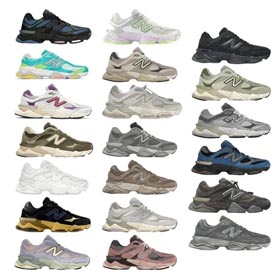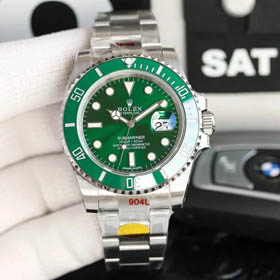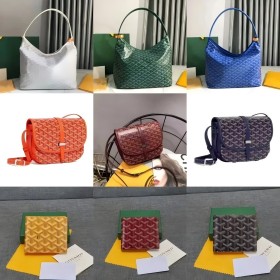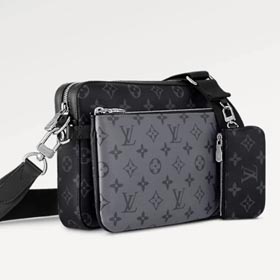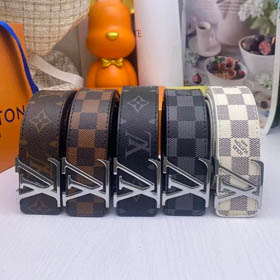| Parameter | Tolerance |
|---|---|
| 18K gold plating thickness | ≤±5% from Gucci specs |
| White gold vanadium content | 4.2-4.8% range |
From Scanation to Client Report
- Buyers upload XRF scans to cloud-linked spreadsheets
- Algorithms compare against 3,700+ Gucci material profiles
- System generates bilingual (EN/CN) certifications with:
- 70x magnification images of hallmarks
- Spectrometer calibration certificates
- Batch-specific QC checklist
Early adopters report a 92% reduction in chargebacks related to material disputes since implementing this verification method. The database continues expanding through machine learning, now covering limited-edition pieces from Gucci's 2020 collections onward.
"Our dashboard visually highlights composition deviations using traffic-light color coding. Red-flagged items trigger automatic purchase holds until human inspectors review microstructural images," explains Kakaobuy's QA lead.
The platform maintains compliance with ISO 17025 testing standards while streamlining the resale workflow. Future upgrades may incorporate laser-induced breakdown spectroscopy (LiBS) for gemstone analysis.



